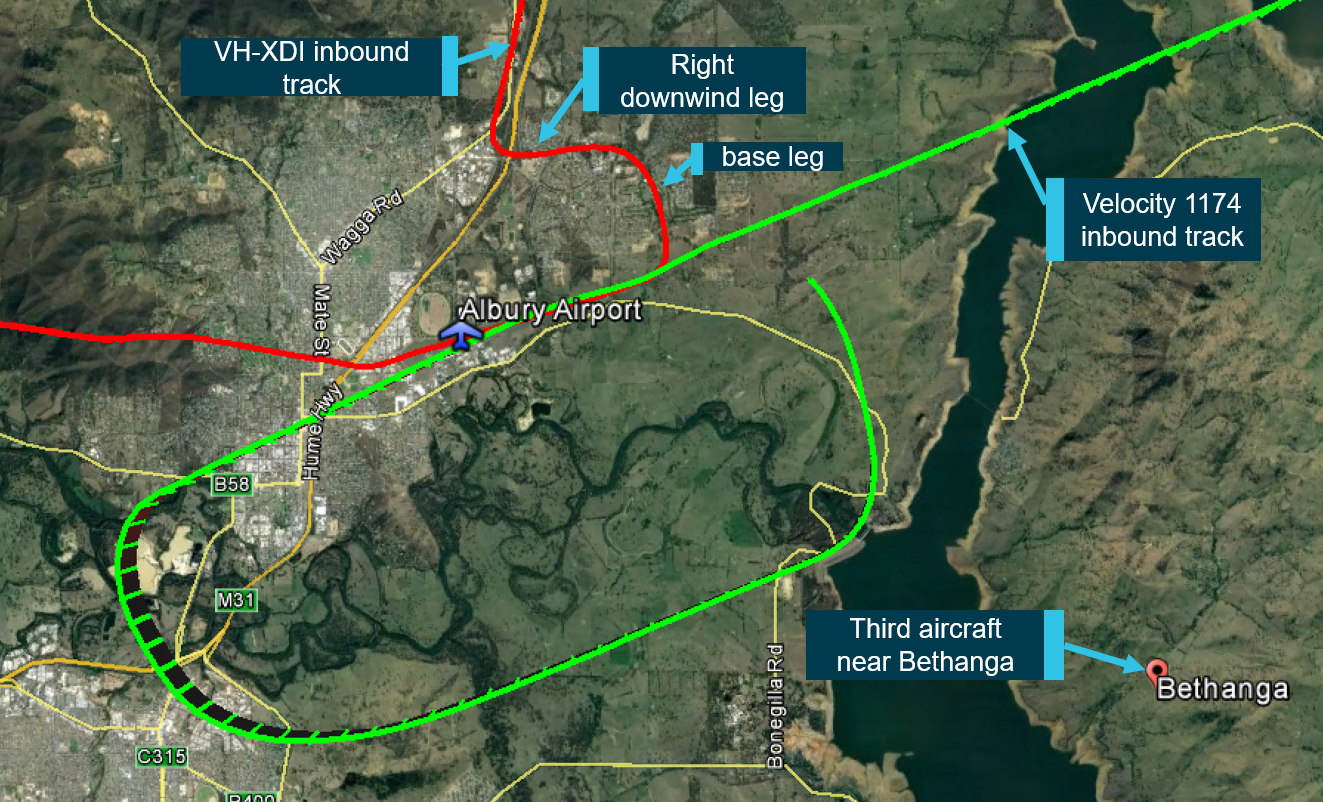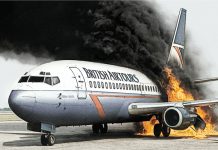What would in all probability have been Australia’s worst aviation disaster was narrowly avoided at Albury in NSW in October 2019. A training aircraft and a regional turboprop on short final to Albury Airport missed each other by 110 metres horizontally and 75 feet vertically.
An Australian Transport Safety Bureau (ATSB) report published recently found a Piper PA-28 flown solo by a trainee pilot had turned in front of an ATR 72 turboprop airliner carrying 70 people. A collision between the two would have had the potential to kill everyone on board, as many previous mid-air encounters between airliners and general aviation aircraft have done.
The ATSB found the pilot of the PA-28 did not see the ATR, which the controller had instructed the pilot to follow, and did not advise the controller they did not have the aircraft in sight before turning in front of it. The pilot of the PA-28 told the ATSB they did not realise that the ATR, described by its callsign in radio conversation, was a large transport aircraft. Accordingly, the PA-28 pilot was looking for another general aviation aircraft in the Albury circuit. The pilot scanned the base and final legs of the circuit for traffic, but did not look along the long final axis, where the ATR was making a straight-in approach.
The crew of the ATR was aware there was traffic in the area but did not assess the position of the PA-28 in relation to their aircraft until the traffic collision avoidance system (TCAS) issued a traffic advisory. The TCAS issued only a traffic advisory rather than a resolution advisory and did not sound an aural warning because these functions were inhibited when the aircraft was less than 900 feet above the ground. The ATR crew initially looked on the runway, because experience had taught them that was where parked or taxiing aircraft often generated TCAS alerts. On seeing the PA-28, the captain of the ATR immediately began a go-around. There were no injuries or aircraft damage.
The ATSB also identified that the air traffic controller had not required a readback of the instruction for the PA-28 pilot to see and follow the ATR, and the controller did not seek confirmation the PA-28 pilot had seen the larger aircraft. At the time of the incident, the controller’s attention was focused on another aircraft.
The ATSB found human performance variation by the PA-28 pilot, the ATR flight crew and the controller had contributed to the incident. ‘All parties made incorrect assumptions about the aircraft movements rather than taking positive action to confirm that adequate separation would be maintained,’ the report says.
The Wagga Wagga-based flying school operating the PA-28 reacted to the incident by introducing more information on Albury Class D airspace in ground school, introducing student seminars with Albury Tower staff and requiring more briefings and approvals for students flying solo to Albury.





